About the Publisher
We hope you enjoyed this book.
Since 1944, Mercier Press has published books that have been critically important to Irish life and culture.
Our website is the best place to find out more information about Mercier, our books, authors, news and the best deals on a wide variety of books. Mercier tracks the best prices for our books online and we seek to offer the best value to our customers, offering free delivery within Ireland.
A large selection of Merciers new releases and backlist are also available as ebooks. We have an ebook for everyone, with titles available for the Amazon Kindle, Sony Reader, Kobo Reader, Apple products and many more. Visit our website to find and buy our ebooks.
Sign up on our website or complete and return the form below to receive updates and special offers.
www.mercierpress.ie
www.facebook.com/mercier.press
www.twitter.com/irishpublisher
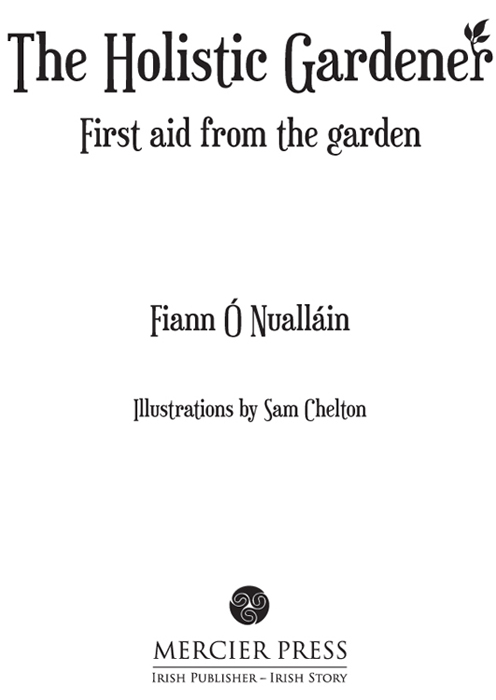
MERCIER PRESS
3B Oak House, Bessboro Rd
Blackrock, Cork, Ireland.
 www.mercierpress.ie
www.mercierpress.ie
 http://twitter.com/IrishPublisher
http://twitter.com/IrishPublisher
 http://www.facebook.com/mercier.press
http://www.facebook.com/mercier.press
Text: Fiann Nuallin, 2014
Illustrations: Sam Chelton, 2014 (excluding pages 56, 91, 103, 125, 142 and 224)
ISBN: 978 1 78117 214 8
Epub ISBN: 978 1 78117 283 4
Mobi ISBN: 978 1 78117 284 1
This eBook is copyright material and must not be copied, reproduced, transferred, distributed, leased, licensed or publicly performed or used in any way except as specifically permitted in writing by the publishers, as allowed under the terms and conditions under which it was purchased or as strictly permitted by applicable copyright law. Any unauthorised distribution or use of this text may be a direct infringement of the authors and publishers rights and those responsible may be liable in law accordingly.
Disclaimer: First aid from the garden is a collection of skills and advice which has been compiled by a gardening expert. This book should not be used as a medical guide in the purest sense: the author is not a trained doctor, although the contents are reliable and could be useful in the situations described. Before using the remedies the reader must ensure all plants mentioned are correctly identified and processed as described. If serious illness or injury is suspected medical help should be sought immediately. The publisher can accept no responsibility for any consequences of advice given here or any illness or injury caused in the practice of the techniques or remedies described, nor of any prosecution relating to the treatment of people which may adhere directly or indirectly to the techniques or remedies described in this book. The reader should assume full responsibility for any practical use of any of the techniques and remedies described. If in doubt, consult a medical practitioner.
Introduction
Most introductions, in my experience, consist of authors waffling on about their academic status, their path to the topic and rationalising why you should be reading the book they have written. Well, lets cut to the chase here, as there is no time to waste with some topics. I have been gardening all my life, at my fathers knee initially, later as a pastime through adolescence and eventually as a career after college. I have worked in the fields of amenity horticulture, landscape and design, green skills training and horticultural therapy for over twenty years, studying medical botany, global ethnobotany, herbalism, naturopathy and many holistic therapies along the way. All these extras have given me a genuine appreciation (not to mention an understanding) of the natural approach to gardening and to health well to living, really and thats what this book is: a celebration of gardening life and how the garden can heal you and, indeed, perhaps even save your life.
Gardeners have accidents, some very specific to the garden or to the art of gardening, and I have experienced most of them. This book gathers together my gardening and natural healing experiences to pass on to gardeners in need of first aid advice, but it is also for people who wish to use the garden and its gifts for a more natural and sustainable way of life. This book covers a lifetime of familiarity with, and knowledge about, gardens, medical botany and the trials and tribulations that occasionally befall gardeners. It is a book that incorporates practical herbalism suitable for first timers as well as practised hands with no special skills, complicated terminology or expertise needed to master the techniques described. It is about the help that the garden can provide, although I am conscious of the need for a level of medical first aid, so I have included a section of core skills that every first aider should have and I list the traditional first aid response with each injury entry. Accidents can be traumatic or just a nuisance discovering how to rectify the injury should not be either.
So if you have an accident in the garden (or in your home), the helpful first aid response is recorded alongside the potential for garden aid. That garden aid is further explored with carefully selected remedies that you can easily make yourself from what grows around you, plus a few items borrowed from the kitchen or bathroom cabinets. For some conditions it is good to employ techniques of functional food, and so culinary recipes extend the healing potential of both garden and larder.
A note on measurements and remedy methodology
The measurements of ingredients in the recipes and remedies contained in this book are not given cookbook precision. While they are highly effective, tried and tested, they are nevertheless a little more rough and ready than laboratory measurements or pharmacy doses would be in keeping with a gardening context and the premise of the book to pick some leaves from the garden and make a quick-fix remedy the methodology is in the spirit of grabbing a dock leaf and rubbing it on a nettle sting, or plucking a handful of thyme and pouring some boiling water over it to extract its antiseptic phytochemicals.
To work out how much dock juice diminishes the sting and how big a leaf should be to deliver that quantity, or whether a dab of antiseptic is two drops or four, only slows reaction times to treatment or complicates a natural response. A cup of camomile tea will calm or be antibacterial whether it has been steeping for 3 minutes or 30 that said, if a herb takes a particular amount of time to disperse its health-giving properties into hot water, alcohol or an oil base, then that time will be stated in the method (steep for 10 minutes, leave for two weeks etc.).
In terms of portion size, I use cup as a measure of volume, whether dry or liquid, but the metric equivalent of the American cup is 236.6ml, while what is often referred to as the British standard teacup (imperial measurement) is 250ml liquid volume. We are not making souffls or mixing dangerous substances, so for our purposes that sort of difference is not a problem. The recipes are put together by ratio method, so while I use a standard 250ml cup (not a Worlds Sexiest Gardener mug or a bucket with a handle), the proportions of the cup you use will transfer easily enough across the board.
In culinary terms, the rule of fresh versus dried herb is that one part of dried herb is equal to three parts fresh a good rule to follow, because even though that relates to potency of taste, it does on balance also relate to the potency of other active ingredients. Sometimes, however, drying a herb removes the volatile oils, and some phytochemicals also diminish, so fresh is always preferred. Fresh will be stated in recipes where this is applicable.

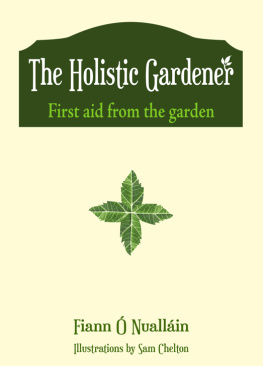

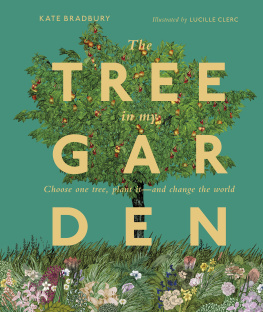
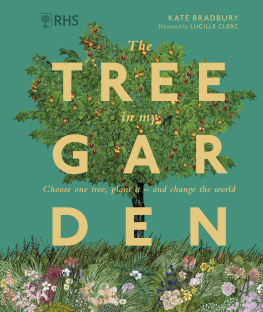
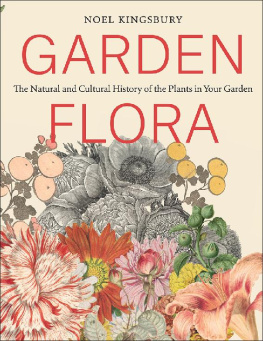
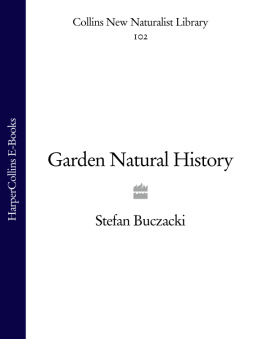
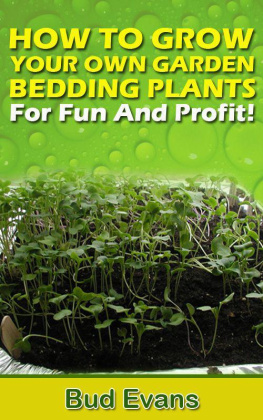

 www.mercierpress.ie
www.mercierpress.ie http://twitter.com/IrishPublisher
http://twitter.com/IrishPublisher http://www.facebook.com/mercier.press
http://www.facebook.com/mercier.press